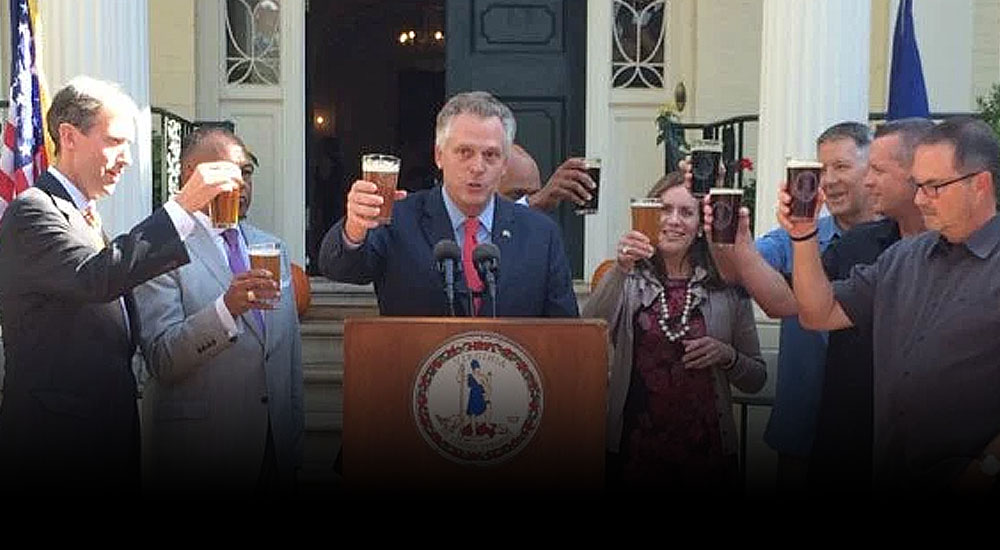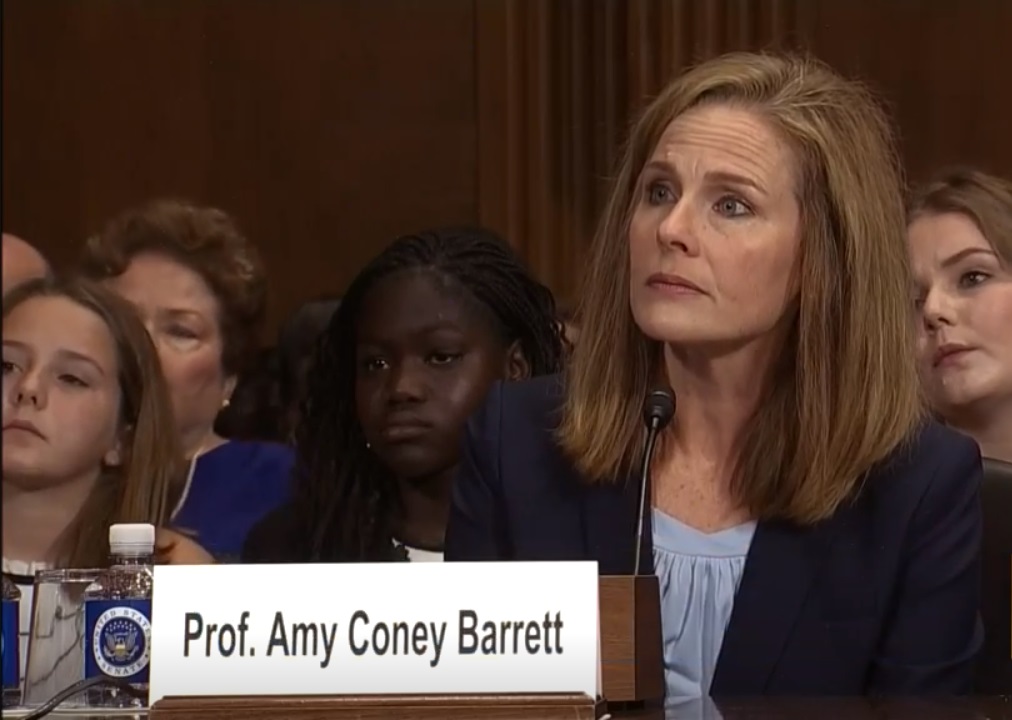Once again, Virginia Governor Terry McAuliffe — after a four year running battle playing games with the budget to get Medicaid expansion on the table in order to save Obamacare — is still playing games with the lives of folks impacted the hardest by Obamacare.
Case in point? A snarky invite to U.S. Senate Majority Leader Mitch McConnell to visit the folks hardest hit by Obamacare as if McAuliffe were showing off animals in a zoo.
If there is a key point in all of this to remember, it is that Obamacare was indeed crafted and designed to fail
McAuliffe follows that escapade up by taking Trump to task for saying that if the Democrats aren’t willing to help fix Obamacare with a solution that isn’t just a massive insurance company bailout, that we should just “let it fail.”
Trump of course is right to allow Democrats to pay the price for their own obstruction, as the Senate Republicans have stretched the olive branch to its maximum limit in the face of Democratic obstruction.
How bad is the obstruction, one might ask? Democrats have now resorted to slowing down the regular order of the U.S. Senate to impede any progress on health care reform.
Hyperbolic labeling the effort to fix Obamacare — a mess Democrats created — as “a secretive attempt to gut the Affordable Care Act” in the words of one writer at The Atlantic only hurts efforts to actually fix a health care schematic that was intentionally designed to fail, designed to hurt people, and designed to force Americans into a decision over a return to a free market system or a single payer system.
If there is a key point in all of this to remember, it is that Obamacare was indeed crafted and designed to fail — not to cover, not to cover adequately, but to hurt Americans by either increasing their premiums to unaffordable level or to provide a standard of health care that would prove unacceptable (i.e. increasing access without increasing supply while “streamlining” paperwork so as to make health care more paperwork than human).
Of course, whatever elements there are in the Affordable Care Act that should be preserved? Ought to be preserved. Pre-existing conditions and allowing family to stay on until the age of 25 are two such solutions. Yet Democrats ought to incorporate some of the core aspects of what Republicans are offering as solutions, or at the very least, ought to consider as a backbone to any future health care plan what a free market solution might look like. The backbreaking premium increases, the individual mandate, the inability for states to compete with other state insurance programs are among the few problems that require long-term solutions.
One solution put forward in part by U.S. Senator Rand Paul involves a system of HSAs and HDIPs — health savings accounts linked to high deductible insurance plans — that would enable lower income families to receive a benefit that would be deposited into a HSA account of their choice, one that would roll over to the maximum amount that would be required for the threshold for the HDIP to kick in. Get sick? Use the HSA. Get hit by a car? The HDIP takes over and you still get the quality care you need.
There’s another item to consider in all of this as well. The military health care system under TRICARE and particularly Veteran Affairs hospitals has come under a great deal of scrutiny for their lack of service to our veterans and warfighters. Medicine comes cheaply through TRICARE, while specialist visits can take weeks if not months at times, and urgent care days for a military health care system that struggles to find the line between triage and medicine.
The similarities between TRICARE and Obamacare have been noted before, though they differ in certain aspects.
One might helpfully suggest that fixing TRICARE might be the midwife for fixing Obamacare, whether that is through an implementation of a system that allows military to access the private health care industry, reforming the old system to allow for a more market-oriented savings program (HSAs + HDIPs) more suited for younger service members, or expanding the “single payer” preventative medicine program that TRICARE seems to get right for prescriptions and so forth.
There are no easy fixes for health care reform. Lobbyists in Washington know what winners and losers are — and with HSAs + HDIPs the “winners” are individuals who enter the investor class with the comfort of knowing they really do have five figures saved in the bank; the losers are the insurance companies who no longer have those resources to move around, pay dividend checks, some of which go to pension programs that pay for retirement.
When 1/6th of the economy is nationalized in such a manner, playing with that engine impacts the bottom line of many a 401k — unforeseen consequences of a health care bill that has a lot more to do with the economy than with health care in the minds of an economist.
Yet one might prefer to see a health care package that attempts to take care of a number of issues at once. If Congress can get TRICARE reform right in 2018, then perhaps that might be a solution we can extend towards non-military insurance programs. Even if the HSA + HDIP proposal offers the bare minimum for health care provision, at the very least it is better than allowing folks to slip through the cracks of the current health care system.
What’s more, the good habit of becoming savers rather than consistent spenders is a boost that most folks in the working class could use, especially in an era where uncertainty looms and work patters are becoming more and more indecisive.
If Terry McAuliffe has any actual ambitions for higher office, he would do well to actually achieve something in Richmond first. Demonstrating further partisanship and divisiveness when people are hurting from Democratic “solutions” seems like part of the problem, not part of the solution.





